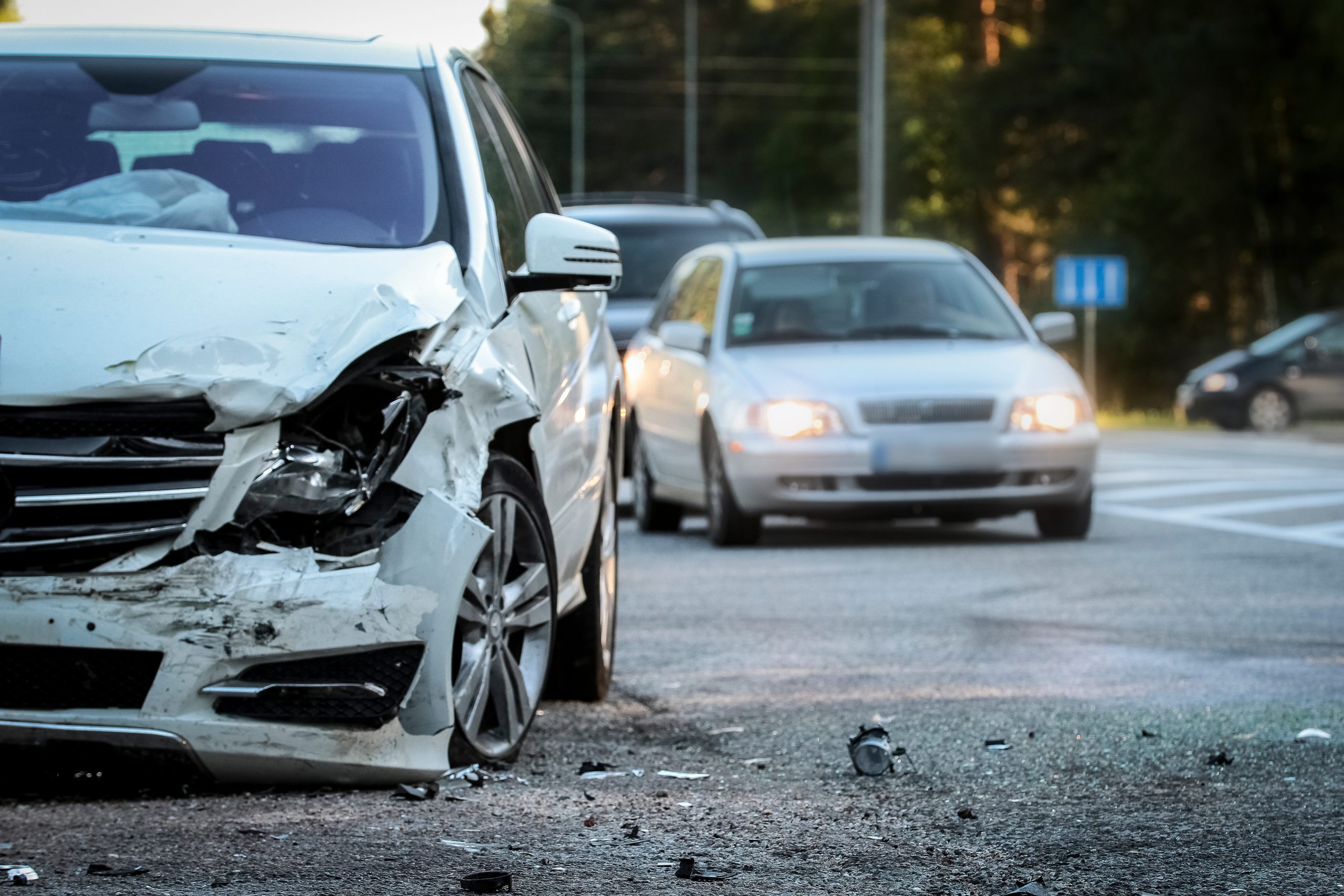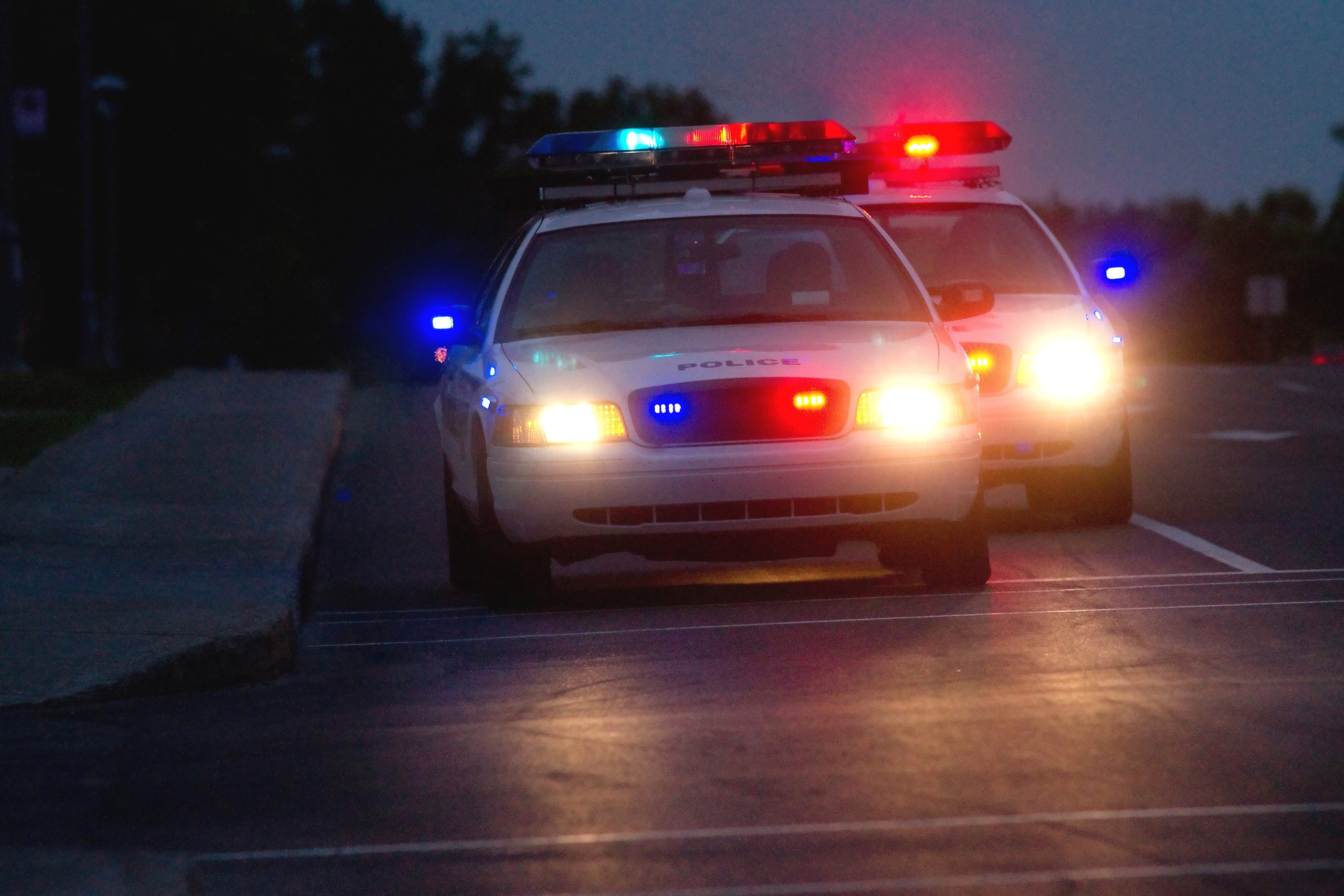Data Journalism Democratizes Information for Local Communities
Once of the most important tasks of a journalist is to reveal to the public how the government does its job. But trust in those stories can be dismissed in an era of polarized politics, which is why data journalism seeks to obtain the government’s own documents, build them into searchable data and shine light on how our government operates. The results should be open, transparent, and accessible to all.
Newly Available Police Records Create an Investigative Partnership
In 2020, New York repealed a section of the state’s Civil Rights Law that effectively shielded police misconduct from view. Almost immediately, several news organizations including The Marshall Project, ProPublica, MuckRock and Newhouse’s Knight Chair Jodi Upton started strategizing ways to obtain the documents for journalism organizations, research, and the public. The initial focus was on New York City; a single source of documents. Once city documents were in hand, the USA Today Network-New York and Syracuse University’s S.I. Newhouse School of Public Communications started the long and complex task of gathering records from hundreds of New York State police agencies large and small. The Central Current later joined the investigative team.
Hundreds of Freedom of Information Law requests have been delivered to police department email inboxes around the state. Many departments resisted providing the records in their entirety, or at all. Newhouse students and USA Today Network journalists followed up on the requests, reminding departments of the law and corresponding over the cost and format of the records. The team is currently in litigation with several police agencies in search of these records.
Working With the Data
With about a dozen reporters, visual journalists and Syracuse University student interns in place, the reporting effort began in earnest in June 2023. Students read hundreds of pages of documents, pulling out details such as the type of conduct, the date, the officer involved, and the discipline rendered in a process called “data tagging.” The exercise was a critical learning moment for students to understand how government PDFs can be converted into data for analysis. The team went through the records on hand, as well as court papers and other state and police documents to locate individuals who were injured or killed in police vehicle accidents.
Results of the Data Investigation
The result of this investigation was Driving Force, the first in a series of police accountability projects meant to expose and document police practices in New York. Driving Force specifically looks at the impact of police vehicle accidents in New York.
The set of records, first published by the USA Today Network’s Democrat & Chronicle in Rochester in 2020, grew to include 35,000 records from 115 departments as of early 2024, from large urban police agencies to village departments with only a handful of officers.
We are building a public-facing police vehicle crash database and will hold workshops to help the public and other journalists inspect local police department documents and understand the impact police vehicle crashes have had on communities.
Project Funding
This joint investigation was supported with funding from the Data-Driven Reporting Project. That project is funded by the Google News Initiative in partnership with Northwestern University-Medill.






